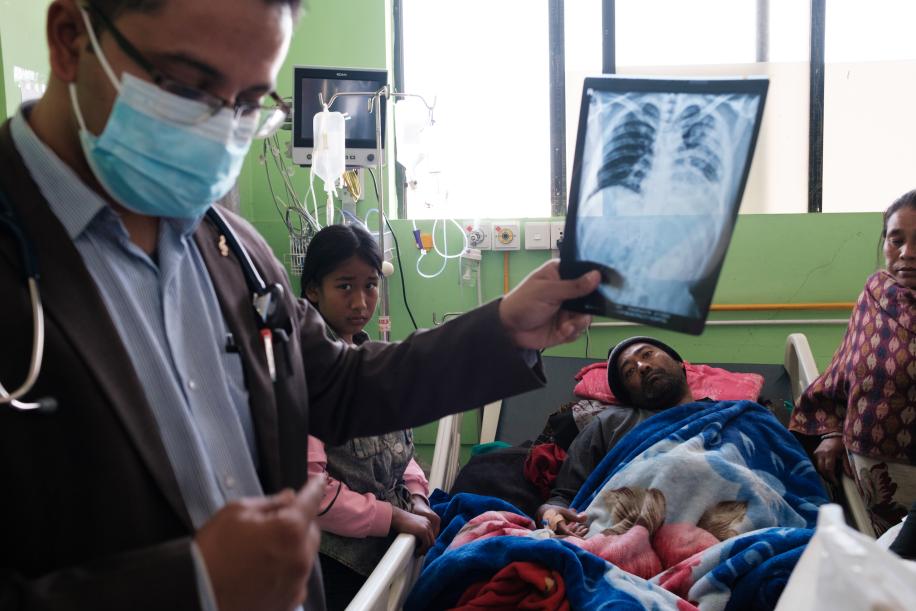
AMR in Nepal: Our capacity to heal is in danger
Photographer: Nyani Quarmyne
Exhibit Title: AMR in Nepal: Our capacity to heal is in danger
Location: Nepal
According to WHO Director-General Tedros, antimicrobial resistance (AMR)—the evolved ability of pathogens to withstand antibiotics and other treatments—could “roll back a century of medical progress”. In 2019 at least 1.27 million deaths resulted from drug-resistant infections, more than from HIV or malaria. Yet the urgency of the situation is not reflected in health policy and budgets.
AMR is driven predominantly by the misuse of antibiotics:
Nepal is recognising, as we all should, that a holistic ‘One Health’ approach is needed: we must see the wellbeing of humans, animals and environment as intrinsically connected.
Nepal and the Southeast Asian region have become an AMR hotspot, partly due to rapid development and urbanisation. Nonetheless, Nepal serves here only as one example of what is a global problem.
I worked on this story with journalist Laura Salm-Reifferscheidt. Our reporting was supported by the European Journalism Centre under their 2023 Global Health Security Grant Program.
Make Comment/View Comments